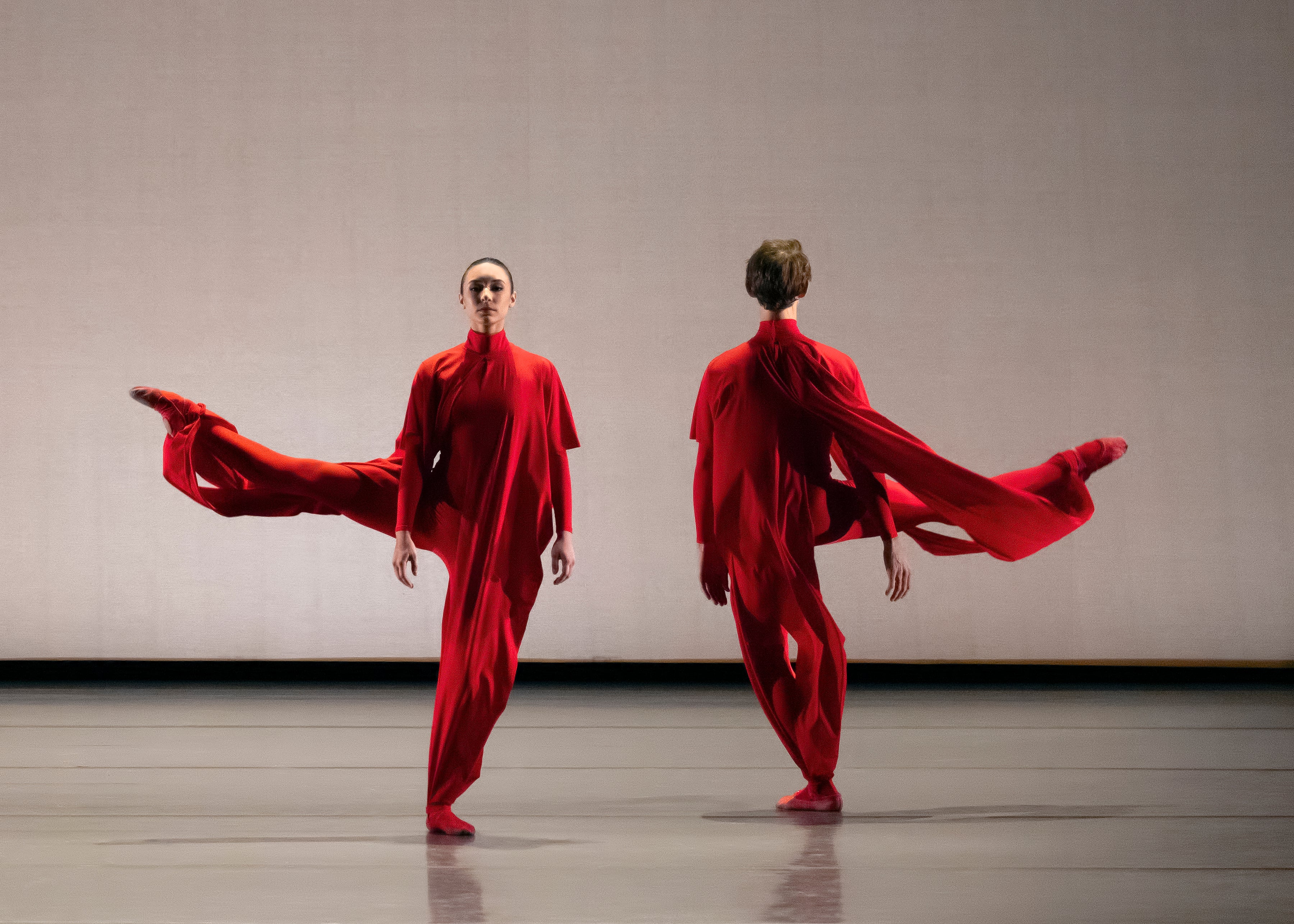New York City Ballet, Sadler’s Wells review: Refined production takes speed and athleticism to new territory
The famed company returns to London for a show in Sadler’s Wells that shuffles the history of ballet, past and present

Back in London for the first time since 2008, New York City Ballet is in joyful form, forward-thinking and sizzling with energy. This programme is dominated by new works and fresh approaches. Speed, athleticism, and musicality are still company hallmarks, but they’re taking them into new territory.
One of the world’s major companies, NYCB has always been fleet of foot. Its founder, choreographer George Balanchine, gave it a focus on music and pure movement over story ballets or big productions. It can be hard to move on from a legacy of genius; NYCB has had stormy changes of leadership, but there’s no sense here of being overwhelmed by the past.
Rotunda, by the company’s resident choreographer Justin Peck, is a relaxed showcase for 12 dancers. Nico Muhly’s score is brisk and bright, full of chattering woodwind. Groups of dancers run in, flow into groups and solo moves, or pull back like a retreating tide. These are smaller waves, in sunny weather: it’s a friendly piece, a chance for everyone to shine. Miriam Miller moves with bold scale, then finds softness inside the big moves.
Balanchine’s Duo Concertant is a glimpse of star power, a lyrical duet for Megan Fairchild and Anthony Huxley. Fairchild can highlight moments within a flow of movement – a snapshot shining out. She and Huxley have a friendly camaraderie with onstage musicians Elaine Chelton and Kurt Nikkanen.
Pam Tanowitz’s Gustave Le Gray No 1 is fabulously sculptural, a quartet – or is it quintet? – for four dancers and an onstage pianist. Reid Bartelme and Harriet Jung dress the dancers in red draperies, like a flock of cardinals. As they unfold through gorgeous, stark shapes, the fabric both softens their lines and makes them even more angular. By the end, the dancers make off with the piano, with musician Stephen Gosling following them across the stage to keep playing Caroline Shaw’s score.
Kyle Abraham’s Love Letter (on shuffle) opens with Taylor Stanley shimmying to electronic music by singer-songwriter James Blake. There’s a street dance influence to his rippling moves. Giles Deacon’s ruffled, brightly coloured costumes are part clown, part courtly.

Abraham’s ballet unfolds in layers, playing with different styles. The full cast of 15 rush into groupings, all full skirts and romantic poses. One trio recalls the cygnets from Swan Lake, with their linked hands and skipping feet. Then a soloists slams into position, as punchy as a William Forsythe work.
The dancers look terrific. Stanley and Jules Mabie dance a poised male duet – still unusual in ballet. Quinn Starner tears through a speedy solo, with a creamy ease of movement in her fastest spins. Abraham celebrates his dancers’ range, but he’s also shuffling the history of ballet, past and present. It’s all at his fingertips, and all to play for.



Join our commenting forum
Join thought-provoking conversations, follow other Independent readers and see their replies
Comments